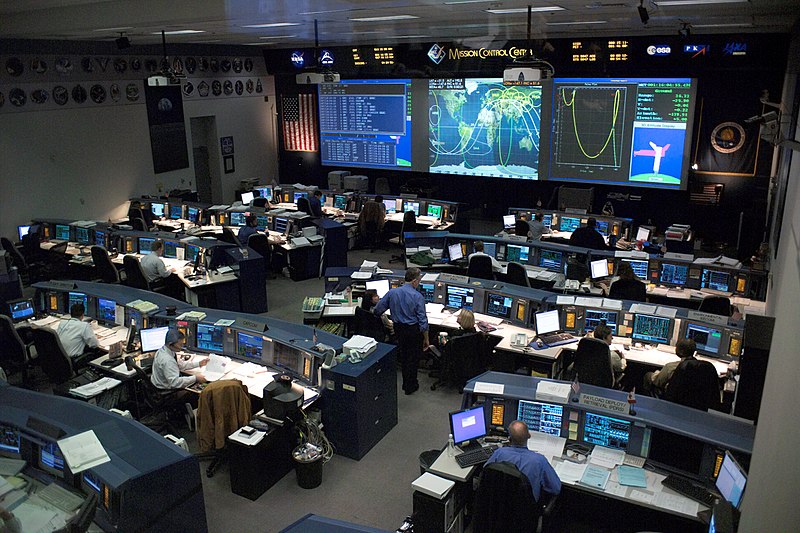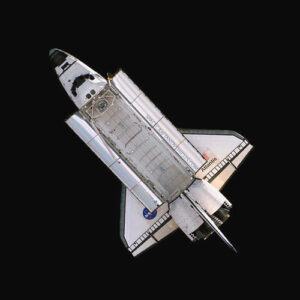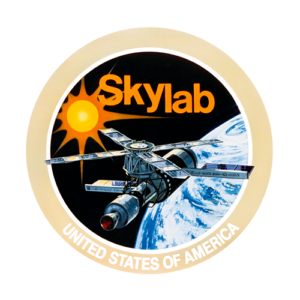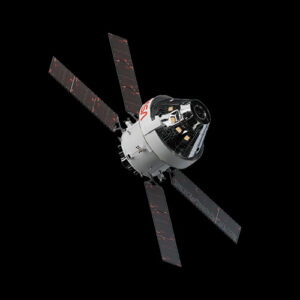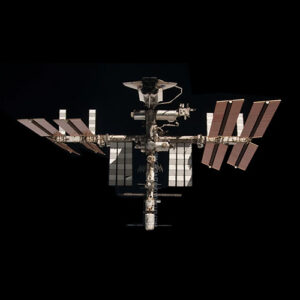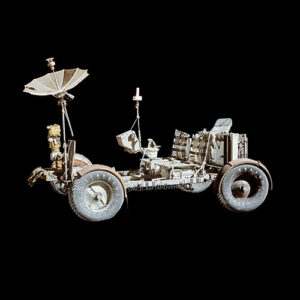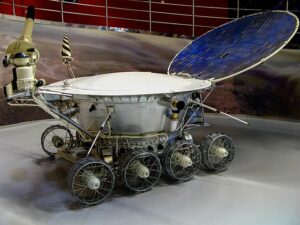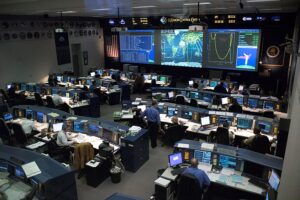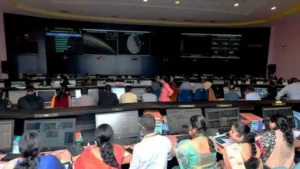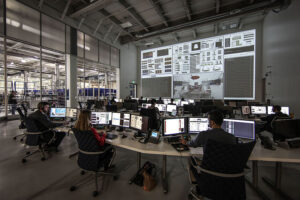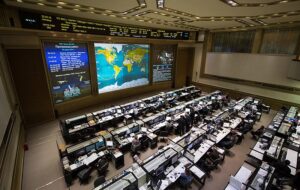NASA’s Johnson Space Center (JSC), located in Houston, Texas, is a cornerstone of human space exploration and serves as NASA’s primary center for human spaceflight activities. Established in 1961, JSC’s objectives include astronaut training, mission control, and the development and testing of spacecraft systems.
The center is renowned for its pivotal role in the Apollo, Skylab, Space Shuttle, and International Space Station (ISS) programs. Notable achievements include coordinating the first manned moon landing in 1969, managing Space Shuttle missions, and supporting continuous human presence on the ISS. JSC continues to lead NASA’s efforts in human space exploration, including preparations for future missions to the Moon and Mars.
History and Evolution
The origins of the Johnson Space Center date back to the early 1960s when NASA selected Houston, Texas, as the site for its Manned Spacecraft Center, later renamed in honor of President Lyndon B. Johnson. Construction began in 1962, and the facility quickly became the hub for NASA’s human spaceflight activities. During the Apollo program, JSC was responsible for mission control and astronaut training, playing a crucial role in the success of the Apollo 11 moon landing in 1969. The center’s expertise grew with the development of the Skylab space station in the 1970s and the Space Shuttle program, which began in the 1980s. JSC’s advancements in spacecraft design, mission planning, and human factors engineering have been instrumental in numerous milestones, including the assembly and operation of the ISS, and continue to support NASA’s exploration goals.
Related Spacecraft
Here are some of the remarkable vehicles launched from this location:
Infrastructure and Facilities
NASA’s Johnson Space Center boasts a wide array of facilities that support its extensive human spaceflight activities:
- Mission Control Center (MCC): The nerve center for controlling and monitoring space missions, including the ISS and future deep space missions.
- Neutral Buoyancy Laboratory (NBL): A massive underwater training facility that simulates the microgravity environment of space, used for astronaut training.
- Space Vehicle Mockup Facility (SVMF): Houses life-size models of spacecraft and space station modules for astronaut training and testing.
- Human Health and Performance Laboratory: Focuses on the physical and psychological well-being of astronauts.
- Flight Operations Directorate: Manages astronaut selection, training, and mission planning.
- Lyndon B. Johnson Space Center Museum: Provides public education and exhibits about human spaceflight and NASA’s history.
